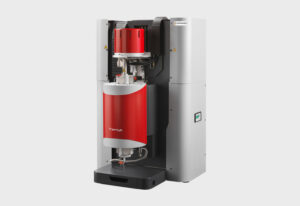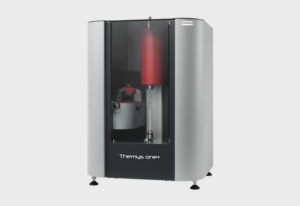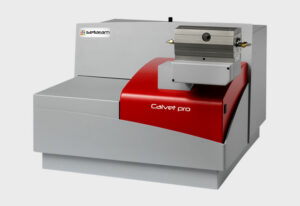CO2 Capture and Sequestration
Get data on CO2 sorption, desorption, selectivity and regeneration using thermogravimetry, gas sorption analysis and calorimetry, alone or combined.

Measure key material properties for CCS processes
Carbon Capture & Sequestration processes aim at releasing less carbon dioxide into the environment. Most processes are based on the reversible sorption between the gas and a substrate. Characterizing the subtrate, which can be a solid or a liquid, is very important.
-
Sorption isotherms
An efficient substrate needs to capture large amounts of gas at a given temperature. You can use manometry or TGA to determine sorption isotherms, or the amount of sorbed CO2 per quantity of substrate.
-
Sorption kinetics
If the substrate adsorbs a lot of CO2 but the sorption takes too long, it doesn’t work. With TGA and manometry, you can measure how fast the sorption takes place between the gas and the substrate.
-
Selectivity
The substrate used must be selective, i.e. capture more CO2 than other gases. You can compare sorption isotherms and kinetics to characterize selectivity of the substrate against various gases.
-
Heat of sorption
Is high heat released in the process during adsorption? How much heat is necessary to regenerate the substrate after saturation with CO2? To help answer these questions, measure heat of sorption with calorimetry coupled to manometry.
Associated products






